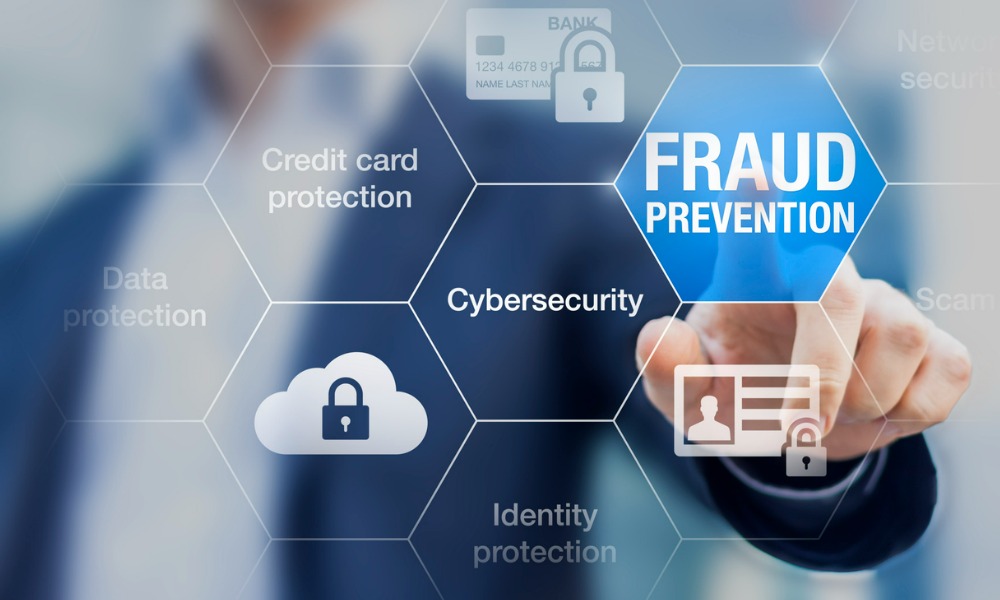In addition to the classic cases of theft and vandalism, banking institutions are also at risk of cyberattacks. Learn how stakeholders can enhance their banking security systems and eliminate these threats.
Key Takeaways:- A foolproof banking security system requires the integration of cyber and physical security.
- To manage cybersecurity more effectively, banks should conduct a thorough risk assessment to evaluate and identify gaps in the current security system. This assessment should consider the bank's physical location, processes, technology, and people interacting with the organization.
- Risk appetite frameworks are instrumental in determining areas that need more robust technology and cyber controls.
- Banks can protect themselves against cyberattacks by keeping firewalls updated, installing anti-malware and antivirus programs, and implementing other security protocols, such as multi-factor authentication, biometric authentication, and automatic logout for inactivity.
- Partnering with a risk management expert is an excellent step toward creating a foolproof security system for a bank.
1. Physical security measures
The first step in protecting a bank's security system is implementing physical security measures. These include:- Installing surveillance cameras: Surveillance cameras allow banks to quickly monitor activity within the building and identify any suspicious behavior.
- Implementing access control systems: Access control systems limits access to bank resources by restricting entry with passwords, biometric scanners, or card keys. In addition, banks should have strict policies in place for visitors and staff members entering the premises.
- Setting up alarm systems: Though some people may feel alarm systems are unnecessary today, they are still valuable pieces of security equipment. They can detect any unauthorized activity and alert authorities immediately.
- Employee training: Banks must train their staff in the latest security practices to recognize and respond to potential threats on time. Banks should also have policies to ensure that any suspicious activity is reported immediately.
2. Cybersecurity measures
Banks handle large amounts of customer data and financial transactions, making cybersecurity in banking a priority. So, it is vital to implement some of the following cybersecurity measures for safety.- Keeping firewalls updated: Firewalls are a barrier between your internal network and the public internet, preventing malicious actors from accessing your sensitive data. Banks should keep their firewalls up-to-date to detect any potential threats and stop them before they can do any damage.
- Installing anti-malware protection software: Malware is malicious software designed to infiltrate a system without the user's knowledge or consent. For effective banking cybersecurity, stakeholders should install anti-malware software on all their computers and devices to detect and remove malware before it can cause any harm.
- Installing antivirus programs: Antivirus programs are designed to protect against viruses and malicious code that can spread quickly through a network if not caught early enough. Banks should install antivirus programs on all their computers and devices to detect and remove viruses before they can wreak havoc.
- Multi-factor authentication: Multi-factor authentication is an additional layer of security that requires users to provide a password or PIN before accessing a system. It helps prevent unauthorized access by making it more difficult for hackers to guess passwords or gain access using stolen credentials.
- Biometric authentication: Biometric authentication uses physical characteristics (such as fingerprints or facial recognition) instead of traditional passwords or pins to verify identity. Using it guarantees that only authorized users access sensitive accounts and systems.
- Automatic logout for inactivity: Inactivity logouts are a useful technique that makes it difficult for hackers to access unauthorized systems. With this in place, hackers cannot intercept users' session IDs, limiting the further possibility of intrusion.
